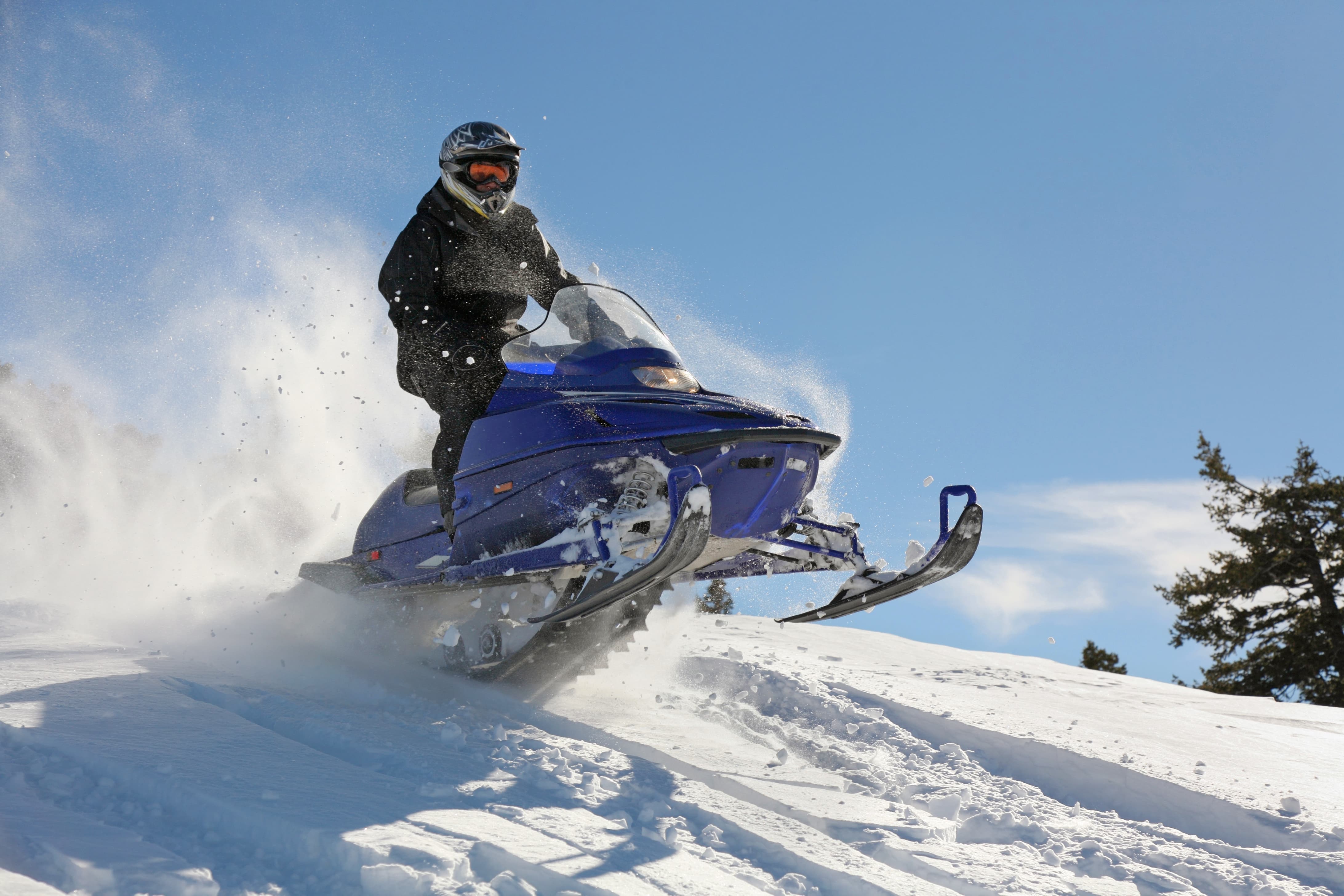Share this
Brakes are brakes, right? Not exactly. Two of the most common braking systems — dry disc brakes and wet disc brakes — operate in unique ways and aren’t necessarily interchangeable.
Let's explore the pros and cons of dry disc brakes and wet disc brakes, the operation of each, and their common uses. Then, you can decide the best option for your vehicle.
Comparing Dry Disc Brakes and Wet Disc Brakes
Dry Disc Brake Pros & Cons
Pros:
- Simple
- Lightweight
- Easy to maintain
- Less prone to damage from debris
- No fluid elements to contaminate
- No fluid to thicken in cold weather
- Firm brake feel
Cons:
- More prone to overheating with excess friction
- Lower absolute braking force
- More frequent maintenance
- Reduced braking effectiveness as pads wear down
- Noisy if pads vibrate too much
Operation
Dry disc brakes transfer force from brake levers or pedals to padded calipers, which then press a disc (rotor) to slow and stop vehicles.
With this simple design, they’re lightweight and easy to install. Their positioning makes them visible and more accessible for inspection, which means easier, faster maintenance.
Despite exposure to the elements, dry brakes are often more resistant to debris. It’s easier for dirt and dust to escape or even get scraped off by the calipers and not wind up trapped in an enclosure.
Wet Disc Brake Pros & Cons
Pros:
- Higher heat resistance
- Self-adjusting brake pads
- Less noisy
Cons:
- More complex
- Fluid needs periodic “bleeding”
- More susceptible to corrosion from moisture
- Harder to reach and maintain
- Brake fluid can thicken in cold weather
- Spongier feel
Operation
Wet disc brakes are continually lubricated and use a multi-disc system, where pressurized fluid triggers pistons inside calipers to press pads against the rotor for slowing and stopping. They work in an enclosed system, so their sensitive components aren’t as exposed as dry brakes.
Given the more complex design, wet brakes are typically heavier and more difficult to install. With the enclosed construction, they’re harder to reach, though they don’t require maintenance as frequently. But when they do, it sometimes involves “bleeding” to drain and replace the fluid, which is often a time-consuming process.
Wet disc brakes are more prone to problems with debris, especially with brake fluid contamination. Once dirt and debris get inside, the whole system is affected, and brake performance suffers.
Common Uses
Agriculture, Turf Care, Construction, & Mining
For the heaviest of the heavyweights, wet brakes may be the better choice because of their exceptional stopping power. But dry disc brakes are a better bet against the muddy conditions found during mining excavations, in fields or lawns, and at construction sites. The brakes provide firm slowing and stopping, and dirt and mud can be quickly cleaned off by hand in many cases, which isn’t possible if wet disc brake fluid is contaminated.
Forklifts
Dry disc brakes or wet disc brakes may be used with smaller loading vehicles, including forklifts, but the simplicity of dry brakes makes them the better choice. They offer enough braking power to handle the frequent stops and starts, and the easy maintenance keeps work flowing.
Bicycles, Motorcycles, & ATVs
Lightweight dry disc brakes are ideal for bicycles, motorcycles, and ATVs for that very reason — they’re lightweight. That leaves room for the precise handling and optimal speed riders crave. And with better resistance to debris, the brakes won’t incur damage when riders kick up dirt on the tracks.
Insights from Dry Disc Brake Experts
We hope you take this knowledge with you as you and your team create your off-road vehicles. And come back for more! Subscribe to our blog today and receive more insights from our industry experts right in your inbox.
Subscribe to our blog!
Related blogs
Section Intro
Help visitors get the basic idea within a few seconds, so they understand what this section is about.

Dry Disc Brakes: How Engineering Impacts Performance & Safety
Dry disc braking systems, when they came into widespread use decades ago, represented a significant improvement over drum brakes. They’ve been used ever since in everything from mountain bikes to...

Hydraulic vs. Mechanical Disc Brakes? Heavy Equipment Needs Both
You’ll typically find two types of brakes on a piece of heavy equipment: hydraulic and mechanical. Why are both needed? Which brakes perform tasks that the other cannot?
One type of brake doesn’t...

How Powersports Brakes Manufacturers Can Meet Extreme Demands in Performance
For snowmobile riders, UTV enthusiasts, and anyone else hitting the trails, the U.S. has its share of extremes in weather and terrain — and they’re some of the biggest challenges powersports vehicles...
